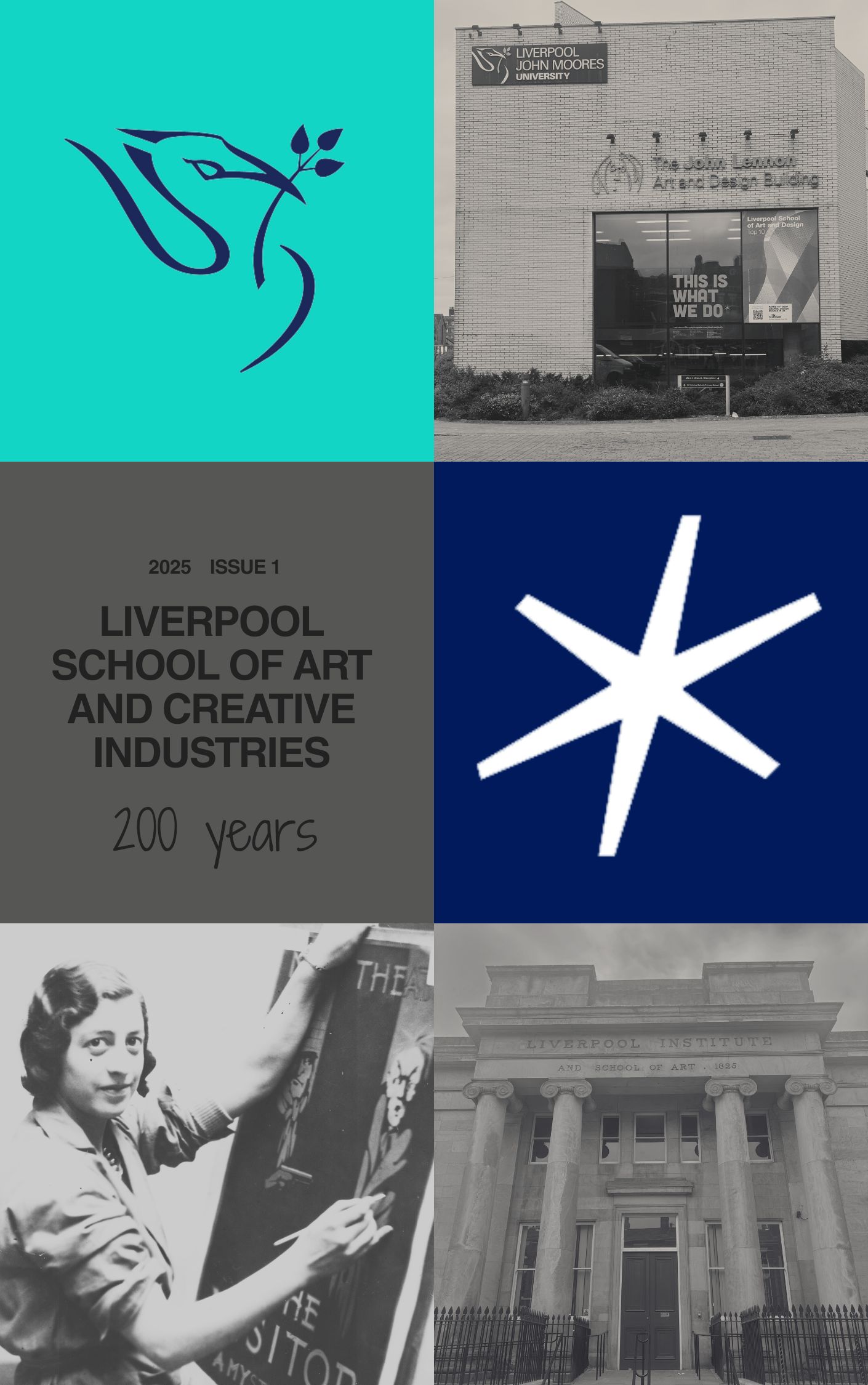When Philosophy Meets Architecture: How Utopian Dream of One Visioner Transformed the Island of Fire
DOI:
https://doi.org/10.24377/LSACI.article3136Keywords:
nature, spirit of a place, 'genius loci', environment, protection, community, legacy, heritage, traditional architecture, utopia, authenticity, development, architectural interventions, landscapeAbstract
This article explores the architectural mission of an accomplished Spanish artist, thinker, and architect, César Manrique, which he undertook on his native island of Lanzarote, along with its impact, and the legacy he left. It provides his biographical note and highlights that a spirit of the place, ‘genius loci,’ was of a significant importance to Manrique, influenced his return to the island and informed his body of work. This paper also explains that a driving force behind the architect’s passion was his life-long dream of utopia and argues that his mission of creating it proved successful. It discusses his selected projects and their features characteristic to the unique Manrique’s style and how they perfectly blend with the traditional architecture of the island, and how they serve local communities and tourists alike. It also argues that Manrique’s deep connection with nature and respect for environment had significant impact on his work, and that it places him among pioneers implementing ideas of sustainable architecture and environmental care in their projects. This paper also explains how through relentless documentation and personal involvement in conversations, Manrique raised a lasting awareness of the unique value of Lanzarote’s cultural and architectonic heritage to its inhabitants.
Downloads
Published
Issue
Section
License
Copyright (c) 2025 Dagmara Firlej

This work is licensed under a Creative Commons Attribution 4.0 International License.
The copyright of content is retained by the author(s). Please check the specific licence for this item. The majority of the content in this journal is published under a Creative Commons Attribution Licence. Artworks are published under a Creative Commons Attribution-NonCommercial-NoDerivatives 4.0 International Licence. These licences allow others to read, download, copy, distribute, print, search, or link to the full text of works in this journal, or to use them for any other lawful purpose in accordance with the licence.
This journal provides immediate open access to its content and has no submission or publication fees.


